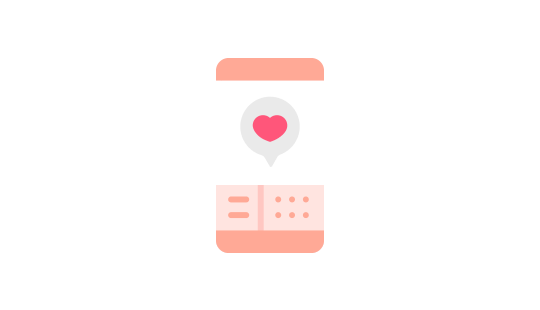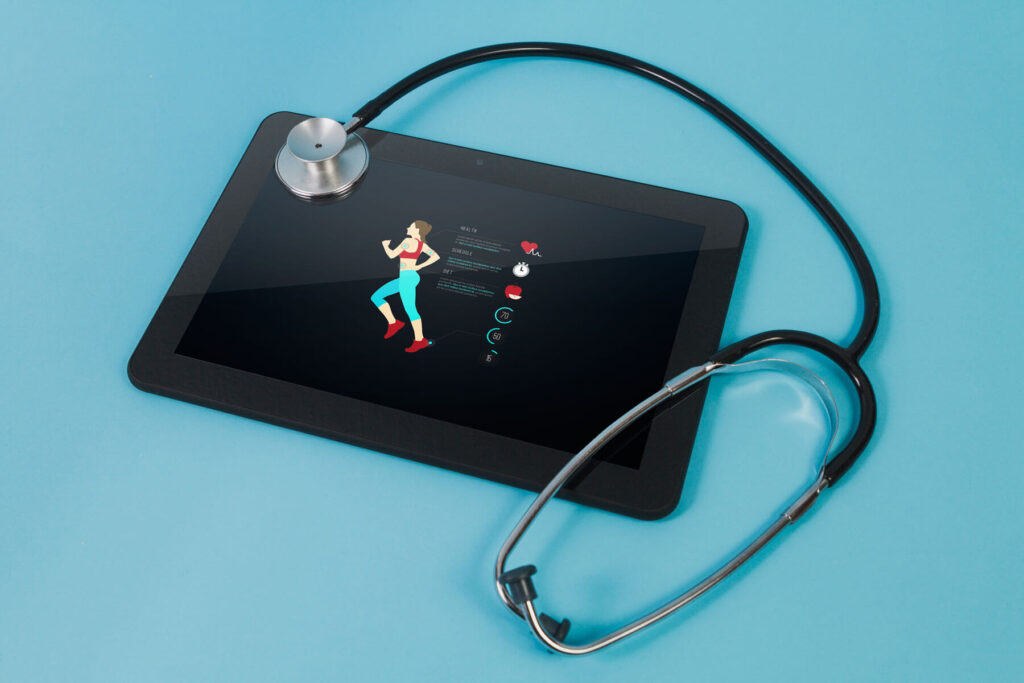The types and utilities of mobile health applications are very varied. According to the latest report from the IMS Health Institute, 65% of the applications available are directed to the areas of wellness, diet, and exercise, while the rest focus on specific pathologies and treatment management, especially in disease management Chronicles.
From The Latter, We Could Differentiate In Turn Different Utilities:
Specific diseases, including those dedicated to Mental Health, diabetes, heart and circulatory system, musculoskeletal system, and nervous system.
- Pregnancy and motherly and youngster health.
- The medication information and reminders.
- Health and insurance services.
- Other uses.
- The main usefulness of mobile fitness apps. Source: IMS Health Institute.
Depending On Who Apps Are Aimed At, We Can Find Different Types
Professional Uses
Search and access to information: apps dedicated to classifying scientific literature, professional manuals, e-learning platforms, and clinical simulation applications.
Professional support tools such as medical calculators, drug databases, clinical practice guides, decision support systems, etc.
Apps associated with peripherals and converted into medical devices: some accessories allow determining biological variables or carrying out additional tests. In this way, a telephone or tablet can be converted into a sphygmomanometer, pulse oximeter, electrocardiograph, glucometer, ophthalmoscope, otoscope, etc.
Communication with other professionals: applications to access email, social networks, instant messaging, chat and videoconference, resolution of clinical cases, etc.
Content production: cloud storage services, collaborative work, note creation, video editing, blogging, etc.
Uses For The Citizen
Diet: Apps to track nutrient intake or record weight. They also show graphic information on health data and statistics.
Information And Health Advice: There are applications that offer content in different formats, with advice and help for different pathologies.
Disease Management: Apps for access to health information and resources, medication control and therapeutic adherence, symptomatology monitoring, recording of medical parameters, glucose levels, etc., also providing instructions for carrying out different tasks or self-care.
Health Quantification: Registration of physical activity data. They are frequently used for sports training, measuring distance traveled, speed, calories consumed, etc. Others monitor parameters related to sleep quality or stress level.
Communication: Some applications allow communication with other users and professionals through social networks and messaging.
Access to personal data and clinical information: some institutions already offer access applications to the patient’s health folder or the appointment record with their professional.
We, therefore, see that the use of these applications can add value in different areas.
The adoption of healthy habits, through applications, focused on causing changes in user behavior.
Improving adherence to treatment is another of the uses that could benefit from these applications since it would mean a reduction in the health costs associated with chronic health conditions.
The improvement in knowledge about different pathologies. Some studies carried out on the use of mobile applications by cancer patients indicate that many of them focus on offering useful content in health. Although it should also be noted that information alone is not enough to change behavior and for health promotion efforts to be effective, they must also teach other self-care skills that turn knowledge into effective practice.
Improved Motivation: during the last two years, the percentage of health applications with the ability to connect to social networks has increased from 26% to 34%. That social character has benefits in the part dedicated to adherence and motivation since the feedback is provided by other people instead of an automated notice. In addition, some applications allow users to share experiences and receive help from people who are in a similar health situation, which improves the experience of use and increases the guarantee of success.
But not all are advantages, and we must not forget that the vast majority of mobile health applications are dedicated to the areas of physical well-being and nutrition, constituting a high percentage of the total (12% represent 90% of downloads).
And it should also be noted the fact that the largest number of chronic diseases is concentrated in the age range that exceeds 65 years of age, and in that range, the penetration of smartphones is still very low.
Development Of Mobile Applications For Health
The development of a mobile application dedicated to health is of great interest to users because they are ready to pay to have it on their smartphones. At least, that’s what a recent study by InQBarna shows, in which four major groups of mobile applications have been taken into account: games, health, children / educational, and sports/leisure. However,
Mobile App Development To Improve Quality Of Life
The importance of sanitary applications is gaining attention. This type of mobile application contributes to improving the quality of life of patients suffering from an illness, thanks to the surveillance and monitoring possibilities that they offer. For this, they have an important social component since they allow the creation of communities of patients suffering from the same disease, within which it is possible to support oneself psychologically and to promote numerous initiatives.
Mobile application development is responsible for covering the many necessities that users may encounter in their daily lives. Little by little, they are entering the health field with a favorable reception from patients, their families, and the health personnel involved in the treatment and rehabilitation process.
Mobile technologies offer us a multitude of benefits and opportunities that we make life easier. In this sense, health applications contribute to bringing professionals and patients closer together with the aim of involving the latter in a more direct way in all that concerns their health.
Health Apps Help Improve Quality Of Life
There are more than 75,000 health apps, even if more than half of them do not reach 500 downloads. Despite this, the development of health applications is an area that has not yet been fully explored or exploited. A Wake App Health report on the subject indicates that for 2015, at least one-third of smartphone users will have a health application installed on their mobile device.
These data show that the health sector and the health sector are very important for smartphone users, especially when it comes to finding information. This study also indicates that the majority of health applications (24% of them) are only informative, followed closely (22%) by those of recording and control. Otherwise, the main 18% have follow-up and treatment. Only 16% of them are used for awareness-raising and health education.

